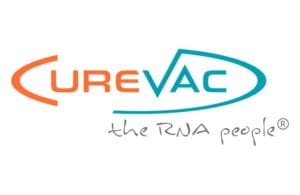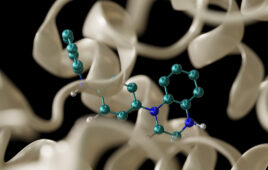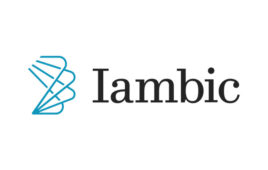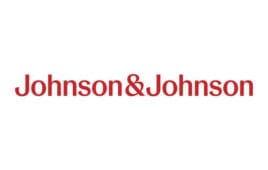 After CureVac (NSDQ:CVAC) revealed that its first-generation vaccine candidate has an interim efficacy of 47% in a pivotal trial, its stock lost about half its value. The company, however, is undeterred.
After CureVac (NSDQ:CVAC) revealed that its first-generation vaccine candidate has an interim efficacy of 47% in a pivotal trial, its stock lost about half its value. The company, however, is undeterred.
Speaking in a call with investors and analysts, CureVac CEO Franz-Werner Haas said the company would continue to seek the authorization of its CVnCoV vaccine and continue developing its next-generation CV2CoV vaccine.
CureVac partners Bayer (ETR: BAYN) and GSK (NYSE:GSK) continue to stick by the company for the time being as well.
One difference between the vaccine from CureVac and those from Moderna and Pfizer-BioNTech lies in the dose of mRNA. The CureVac vaccine contains 12 µg of mRNA per dose. The Pfizer-BioNTech vaccine uses 30 µg per shot, while the Moderna vaccine contains 100 µg.
Haas, however, stressed the role of virus variants in the 47% interim efficacy figure. The Phase 2b/3 study “provides important insights into a dramatically transformed variant environment, suggesting that we are virtually fighting a different virus — a different pandemic” than six months ago, explained Haas in the investor call.
The company conducted the study in 10 countries across Europe and Latin America. Three-quarters of the 40,000 participants were based in Latin America, which, along with India, has been the pandemic’s recent epicenter. While most infections in European participants involved the Alpha variant B.1.1.7, other variants were more common in Latin America. Among those were the Lambda (C.37), Gamma (P.1) and Delta (B.1.617.2) variants.
Researchers first spotted Lambda in Peru, while the P.1 variant drove a wave of infections in Brazil. The B.1.617.2 variant is a subtype of a virus researcher first spotted in India.
On a more positive note, CureVac’s second-generation CV2CoV vaccine appears to lead to faster onset of immune activation in a study involving non-human primates.

CureVac’s next-gen vaccine offered substantially stronger immune activation than its first COVID-19 vaccine. Image courtesy of CureVac.
According to unpublished data from researchers at Harvard Medical School, the next-gen vaccine led to 10 times greater neutralizing antibody induction than CVCoV. Both groups of animals involved in that study received two 12-µg doses of the respective mRNA vaccines.
Full data from the animal study involving CV2CoV and CVCoV will be available shortly, according to Mariola Fotin-Mleczek, chief technology officer of the company.
Filed Under: Uncategorized





Tell Us What You Think!
You must be logged in to post a comment.